Home Lighting L.E.D.'s
reddyfreddy
17 years ago
Related Stories
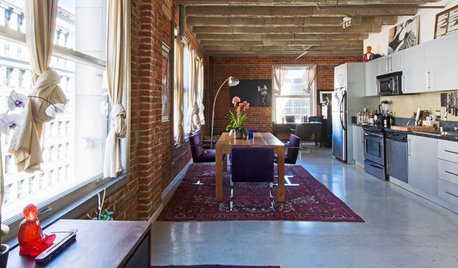
LOFTSHouzz TV: Love and Loft Life in Downtown L.A.
Skyscraper views, exposed brick and the buzz of city life create a rich environment for a creative couple and their French bulldog, Oliver
Full Story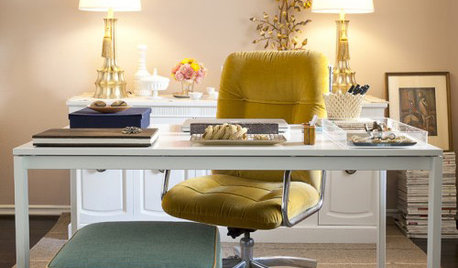
HOME OFFICESDream Spaces: Home Offices You’d Be Delighted to Work In
Warm lighting, comfortable furnishings and pleasing views can make you want to head into your home office each day
Full Story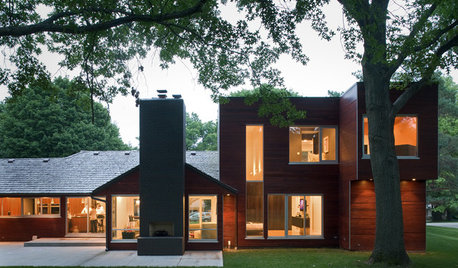
REMODELING GUIDESInventive Design: L-Shaped Windows
Out-of-the-box windows offer new angle on natural light
Full Story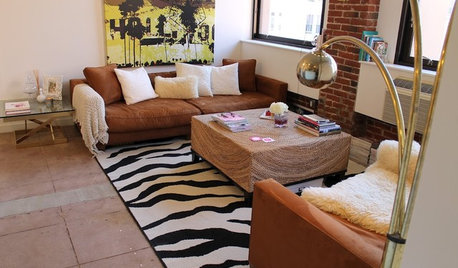
HOUZZ TOURSMy Houzz: Industrial L.A. Loft Sparkles and Shines
Get ideas for achieving a vintage-glam pad with a good dose of flea market treasure hunting
Full Story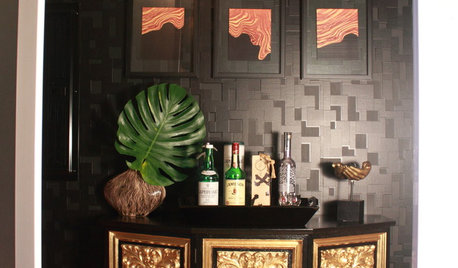
HOUZZ TOURSHouzz Tour: Cheeky Opulence in L.A.
Natalie Younger decks out a producer's dark and daring bachelor pad
Full Story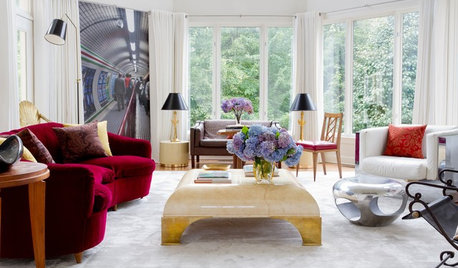
ECLECTIC HOMESHouzz Tour: A Manor Near D.C. Goes From Suburban Modern to Georgian
Newly enclosed spaces and traditional details join eye-popping murals to give a 2002 home some European gravitas
Full Story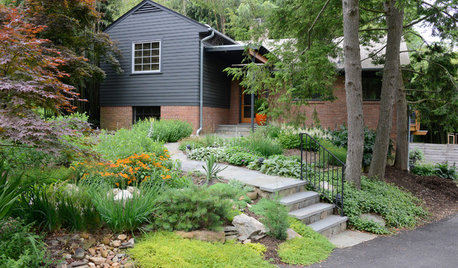
RANCH HOMESHouzz Tour: An Eclectic Ranch Revival in Washington, D.C.
Well-considered renovations, clever art and treasures from family make their mark on an architect’s never-ending work in progress
Full Story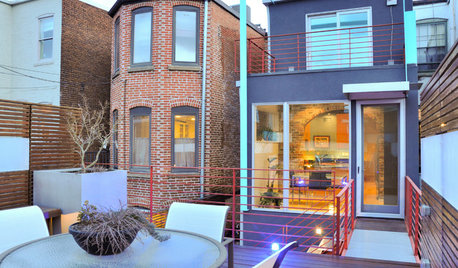
HOUZZ TOURSMy Houzz: Bridge Building Redefines a D.C. Row House
A new rooftop deck and elevated walkway give a Capitol Hill couple an enviable outdoor haven away from noise on the street
Full Story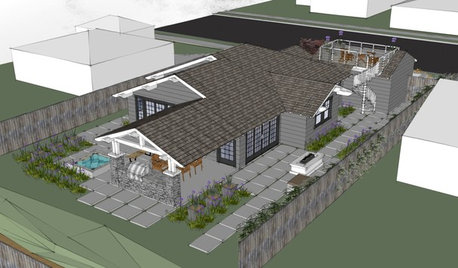
WORKING WITH AN ARCHITECTWho Needs 3D Design? 5 Reasons You Do
Whether you're remodeling or building new, 3D renderings can help you save money and get exactly what you want on your home project
Full Story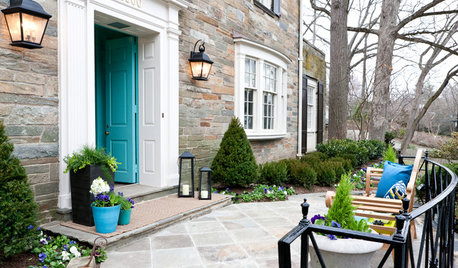
EVENTSDesigners Get Creative in a D.C. Show House
With a historic home as a canvas and a worthy cause as an incentive, designers pulled out all the stops for the 2014 project
Full StoryMore Discussions






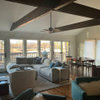


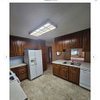
Jon1270
ralleia
Related Professionals
Green Bay Lighting · Duluth Furniture & Accessories · Fayetteville Furniture & Accessories · Memphis Furniture & Accessories · Silver Spring Furniture & Accessories · St. Louis Furniture & Accessories · Thousand Oaks Furniture & Accessories · Wellesley Furniture & Accessories · Bel Air North Interior Designers & Decorators · Alexandria Decks, Patios & Outdoor Enclosures · High Point Decks, Patios & Outdoor Enclosures · Littleton Decks, Patios & Outdoor Enclosures · Medford Decks, Patios & Outdoor Enclosures · Renton Decks, Patios & Outdoor Enclosures · Spokane Decks, Patios & Outdoor Enclosurescatbird
Jon1270
dickross
quirkyquercus
krustytopp
dickross
DavidR
ledaero
technitony
RCMJr
vanessa88
wangping2008
yaochang200_gmail_com
cxzt
davido1987